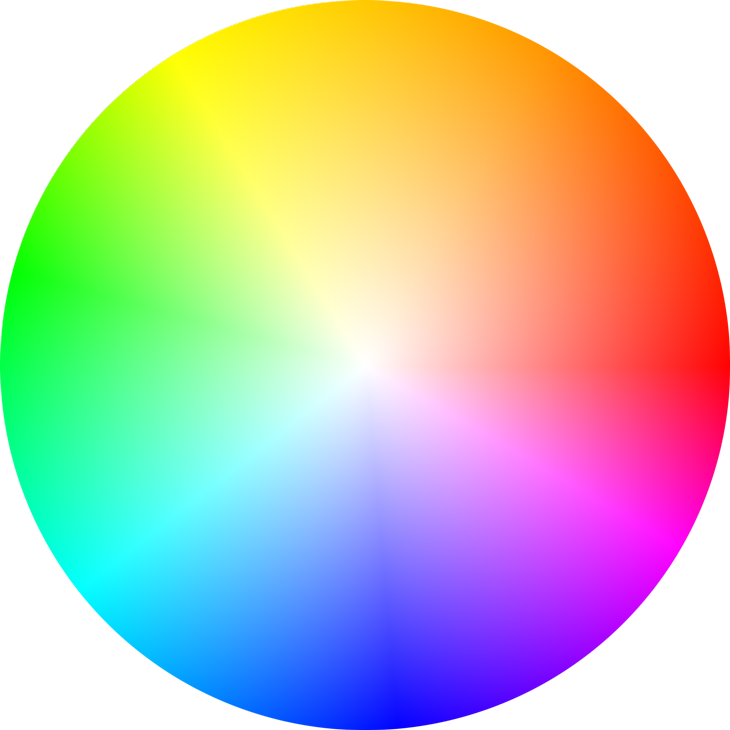Hey, maybe the nomenclature wasn't clear. But the distance i'm refering to is 'color distance', not distance from point. The color distance is basically the euclidean distance of colors on the spectrum. So what you're proposing is already implemented. The color distance is calculated in the isColorMatch function diferrence between Red values squared is the red 'distance'. Its calculated for all 3 channels with the alpha channel influencing on all 3, then it is divided by 3 to get the final color distance/difference.










@defart would it make sense to switch from fuzz (distance based) to color difference tolerance?
This way setting the tolerance would allow the algorithm to fill pixels by similarity instead of by distance from point. So for example if tolerance is set to 12 (uint8 range 0...255), then all colours that are within a diff of +-12 will be matched.
After some quick research it seems like most photo editing software, including Photoshop, use a version of this setting.
I created a branch with the proposal, check it out here
Photoshop result:
bild paint.FloodFill result (after switching to proposed method):